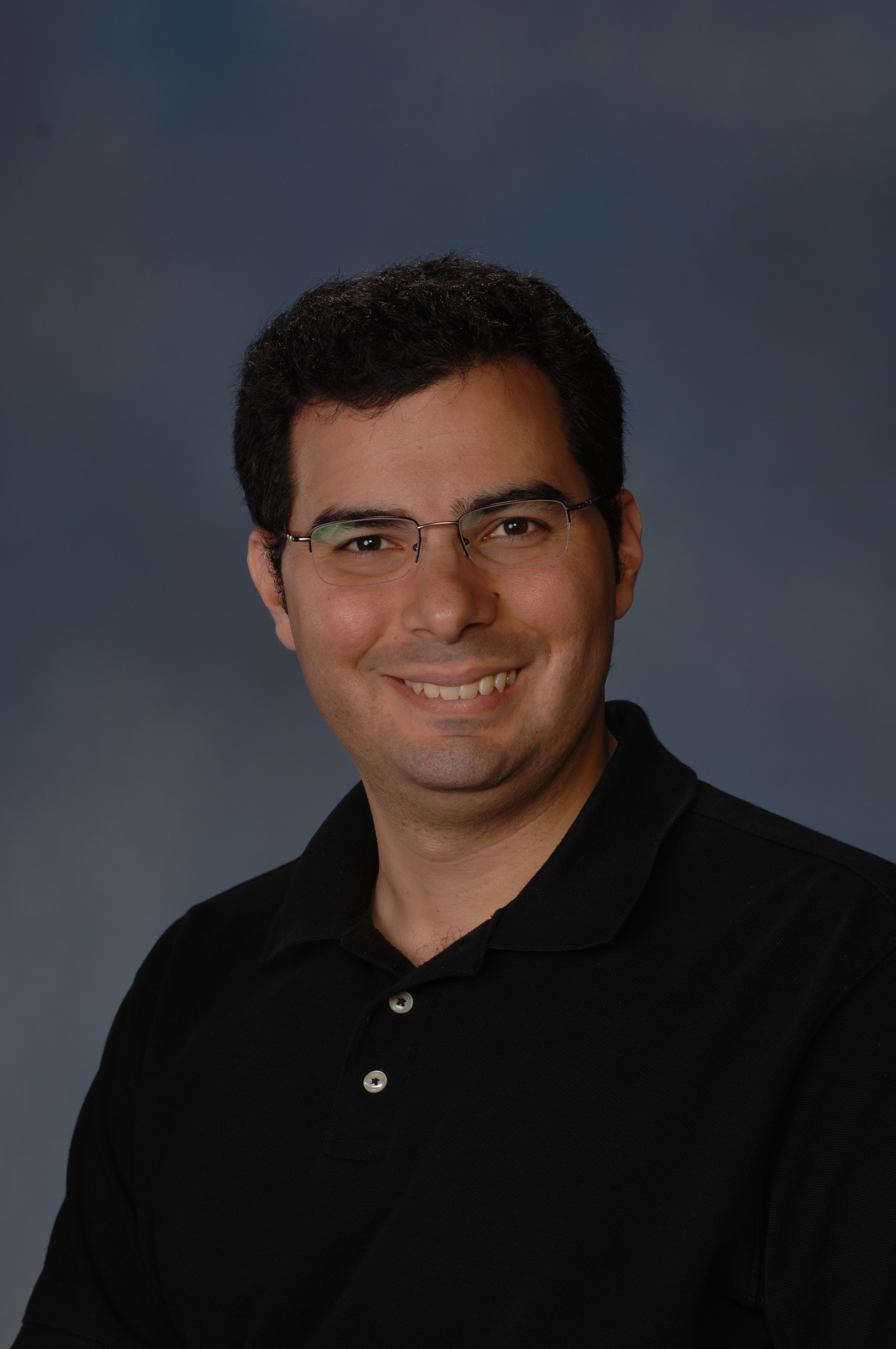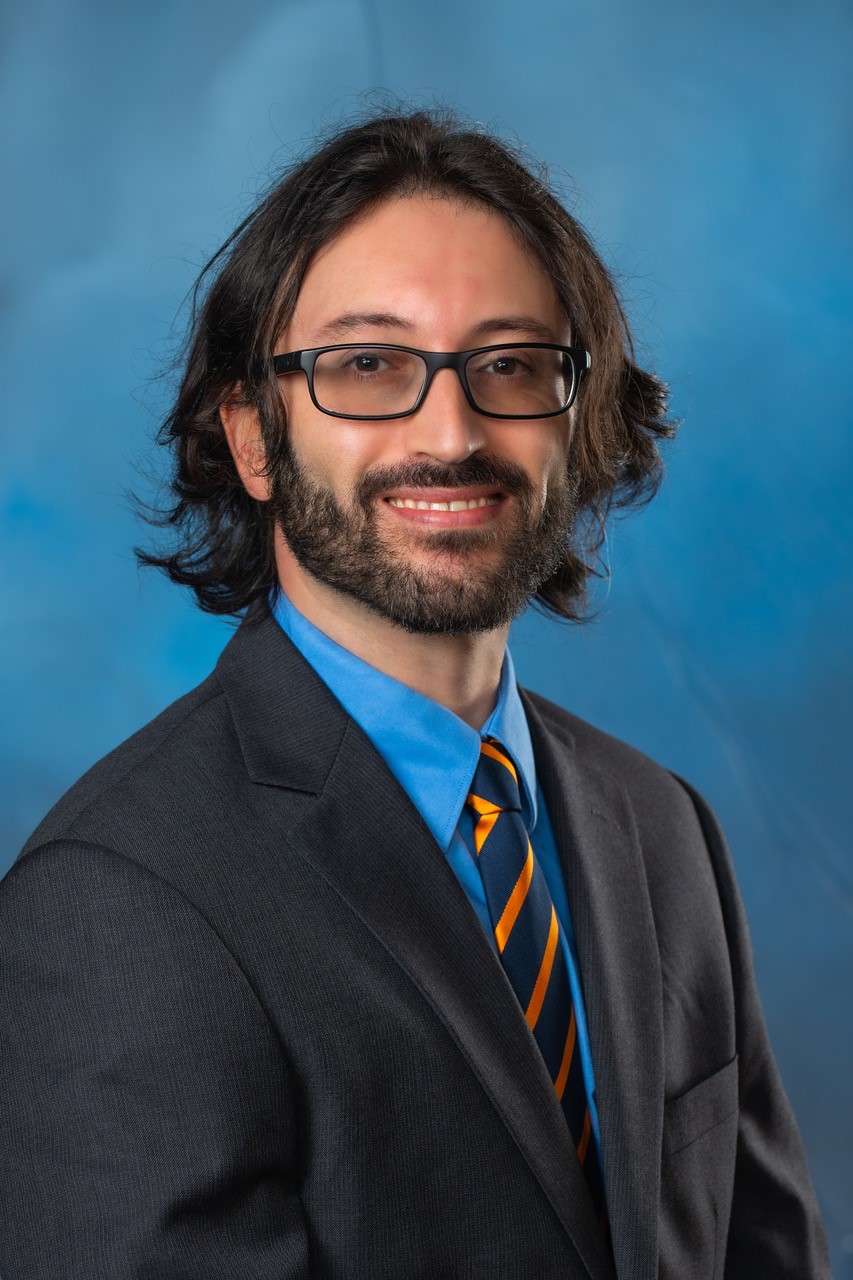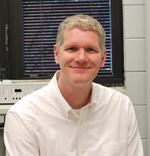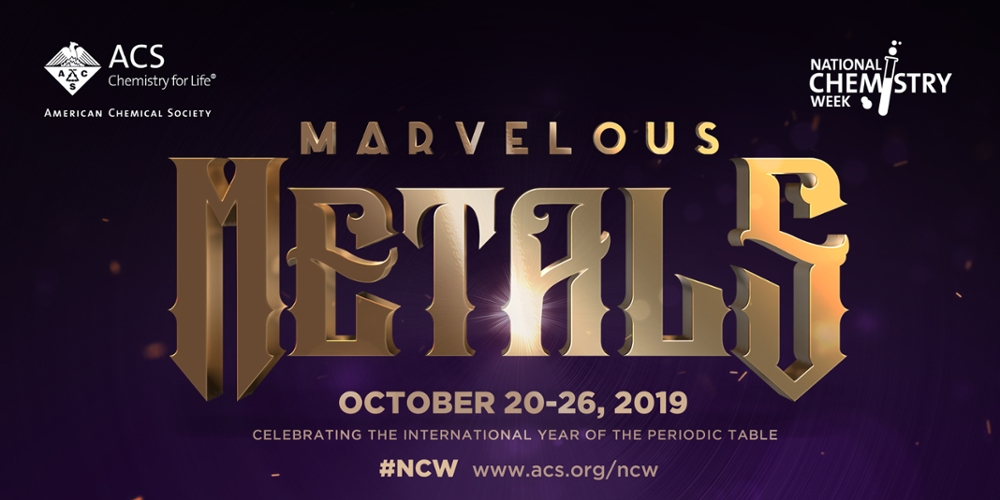Meet COSAM Researchers Working with Marvelous Metals
National Chemistry Week, October 20-26, 2019, celebrates the International Year of the Periodic Table. The American Chemical Society’s theme this year for National Chemistry Week is Marvelous Metals.
“National Chemistry Week increases the awareness of the entire field of chemistry,” explained Dr. Curtis Shannon, Chair of the Department of Chemistry and Biochemistry. “Undergraduate students who pursue a degree in chemistry develop a solid foundation that provides an advantage to more advanced training such as pre-health, graduate school, and professional schools.”
Learn about the impact researchers in the College of Sciences and Mathematics (COSAM) are making.

The manganese-containing sensors and their zinc-containing analogs have also been found to be catalysts for the degradation of superoxide and to treat oxidative stress. The team has used manganese, iron, cobalt, and gallium to catalyze the oxidation of hydrocarbons. Such reactions can be used to prepare pharmaceuticals or to refine fuel sources. This work has uncovered novel catalytic roles for cobalt and gallium.
 Professor Anne Gorden is an organic chemistry professor in the Department of Chemistry and Biochemistry. Prof. Gorden did her Ph.D. at the University of Texas, working with expanded porphyrins to be used as sensors for actinides.
Professor Anne Gorden is an organic chemistry professor in the Department of Chemistry and Biochemistry. Prof. Gorden did her Ph.D. at the University of Texas, working with expanded porphyrins to be used as sensors for actinides.
Developing chemosensors that would react selectively with these radioactive metals proved for some very complicated organic chemistry for Professor Gorden. While studying at UT, she worked to develop a potential expanded porphyrin sensor in order to test it with uranium. She would then take these materials to Los Alamos National Laboratory to characterize them in metal complexes with neptunium and plutonium. She also worked on selective extractions agents for americium at Argonne National laboratory – making her one of a handful of people that have worked with all 3 of these actinide metals.
Since coming to Auburn, Professor Gorden’s interest in actinide recognition chemistry continues. She has been looking at inexpensive, easier-to-make and easer-to-use sensors for the rapid detection of uranium and thorium in the environment. This work has been funded by Defense Threat Reduction Agency and the Department of Energy – Basic Energy Sciences and provided Chemistry and Biochemistry students a unique opportunity to learn about this specific area as well as the study of complexes with lanthanides like Ytterbium and Erbium.


Associate professor Steven Mansoorabadi and Professor Evert Duin research how nickel (Ni) is used by microorganisms to metabolize methane. The research was funded by the Department of Energy and was published in Science.
The research includes Methyl-coenzyme M reductase, which catalyzes the release of methane and uses a nickel-containing tetrapyrrole coenzyme.
Latest Headlines
-
02/12/2025
-
02/11/2025
-
02/10/2025
-
01/30/2025
-
12/03/2024

